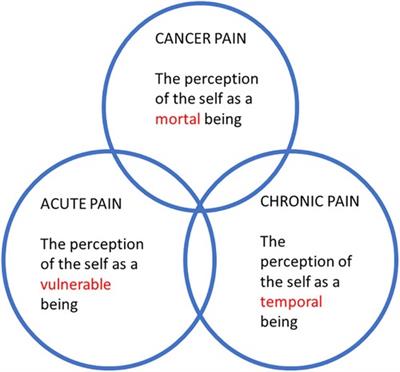ORIGINAL RESEARCH
Published on 18 Nov 2024
Classifying chronic pain using ICD-11 and questionnaires—reported characteristics in Japanese patients with chronic pain
doi 10.3389/fpain.2024.1430870
- 1,116 views
843
Total downloads
3,727
Total views and downloads
Submit your idea
You will be redirected to our submission process.
ORIGINAL RESEARCH
Published on 18 Nov 2024
METHODS
Published on 04 Jul 2024
PERSPECTIVE
Published on 02 May 2024

Manuscripts can be submitted to this Research Topic via the main journal or any other participating journal.
Submit your idea
You will be redirected to our submission process.